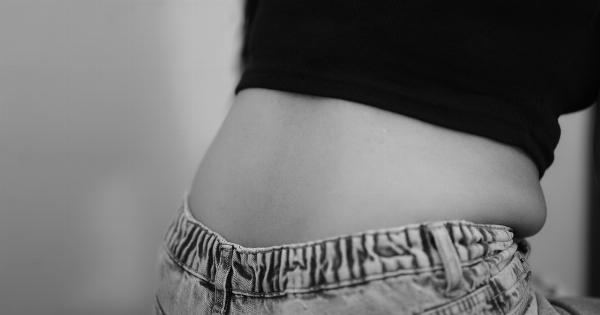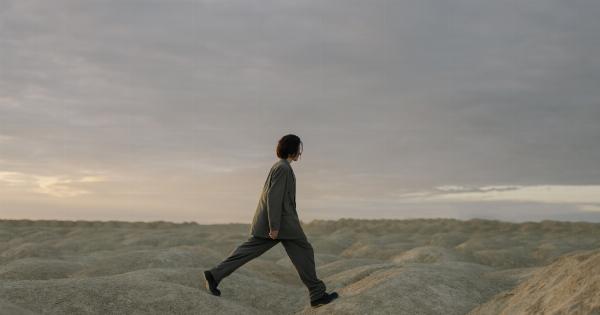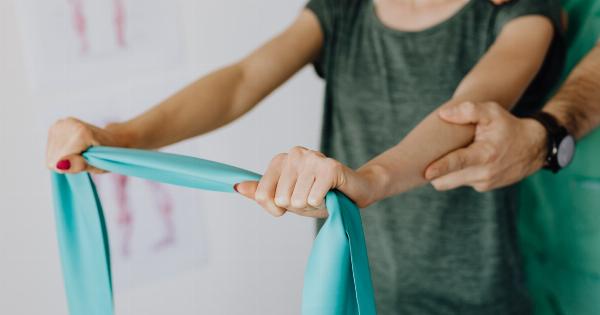Coccyx pain, also known as tailbone pain, refers to discomfort or pain in the region of the coccyx, which is the small bone at the bottom of the spine.
This pain can range from mild to severe and can greatly impact a person’s daily activities, including their bladder control.
When the coccyx is injured or inflamed, it can put pressure on the surrounding nerves, muscles, and ligaments. This pressure can result in pain and discomfort, making it difficult for individuals to fully control their bladder function.
Common Causes of Coccyx Pain
There are several potential causes of coccyx pain, including:.
- Trauma or injury from a fall or direct impact to the tailbone area
- Prolonged sitting on hard surfaces, which can cause pressure on the coccyx
- Childbirth-related injury or trauma
- Obesity or excessive weight, which adds pressure to the coccyx
- Spinal conditions, such as degenerative disc disease or herniated discs
Effects of Coccyx Pain on Bladder Control
Coccyx pain can have a significant impact on bladder control.
The pain and discomfort in the tailbone region can cause individuals to modify their posture and movements, which can in turn affect the functioning of the pelvic floor muscles responsible for bladder control.
Additionally, the pressure exerted on the nerves, muscles, and ligaments surrounding the coccyx can disrupt the communication between the brain and the bladder, leading to issues such as frequent urination, urgency, or even involuntary leakage.
Tips for Dealing with Coccyx Issues and Improving Bladder Control
While coccyx pain can be debilitating, there are several strategies and techniques that can help individuals manage their symptoms and improve bladder control. Here are some tips to consider:.
1. Seek Medical Evaluation
If you are experiencing coccyx pain and bladder control difficulties, it is important to consult with a healthcare professional. They can assess your condition, identify any underlying causes, and recommend appropriate treatment options.
2. Use Cushions or Pillows
When sitting, it is helpful to use cushions or pillows that provide support and help alleviate pressure on the coccyx. This can help reduce pain and discomfort and indirectly improve bladder control.
3. Practice Good Posture
Maintaining good posture throughout the day can help alleviate stress on the coccyx and promote better bladder control. Avoid slouching and try to sit and stand with proper spinal alignment, distributing your weight evenly.
4. Engage in Gentle Exercises
Physical activity can be beneficial for coccyx pain and bladder control. Engage in gentle exercises that focus on stretching and strengthening the muscles in the pelvic region, such as pelvic floor exercises.
5. Apply Heat or Cold Therapy
Applying heat or cold packs to the painful area can help alleviate discomfort and reduce inflammation. Experiment with both heat and cold therapy to determine which works best for you.
6. Explore Alternative Therapies
There are various alternative therapies that may provide relief from coccyx pain and improve bladder control. Consider options such as acupuncture, chiropractic care, or massage therapy under the guidance of a qualified practitioner.
7. Manage Stress
High levels of stress can exacerbate both coccyx pain and bladder control issues. Practice stress-management techniques such as deep breathing exercises, meditation, or engaging in activities that promote relaxation.
8. Maintain a Healthy Weight
Excess body weight can put additional pressure on the coccyx, worsening the pain and affecting bladder control. Adopting a healthy lifestyle that includes a balanced diet and regular exercise can help manage weight and reduce these symptoms.
9. Use Over-the-Counter Pain Relievers
If recommended by your doctor, over-the-counter pain relievers such as acetaminophen or nonsteroidal anti-inflammatory drugs (NSAIDs) can help alleviate coccyx pain and improve bladder control.
10. Consider Medical Interventions
In severe cases where conservative treatments do not provide sufficient relief, medical interventions such as injections or surgery may be recommended by your healthcare provider.
These interventions aim to address the underlying cause of coccyx pain and improve bladder control.
Conclusion
Coccyx issues can significantly affect bladder control, causing discomfort and interfering with daily activities.
By following these tips and working closely with healthcare professionals, individuals dealing with coccyx pain can find relief and improve their bladder control, ultimately enhancing their overall quality of life.































